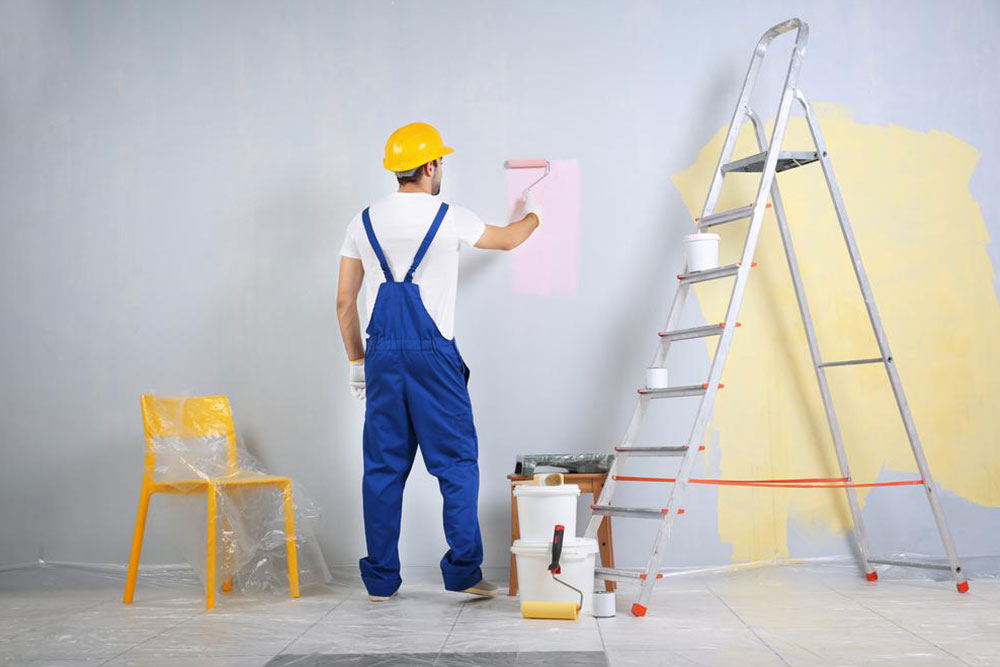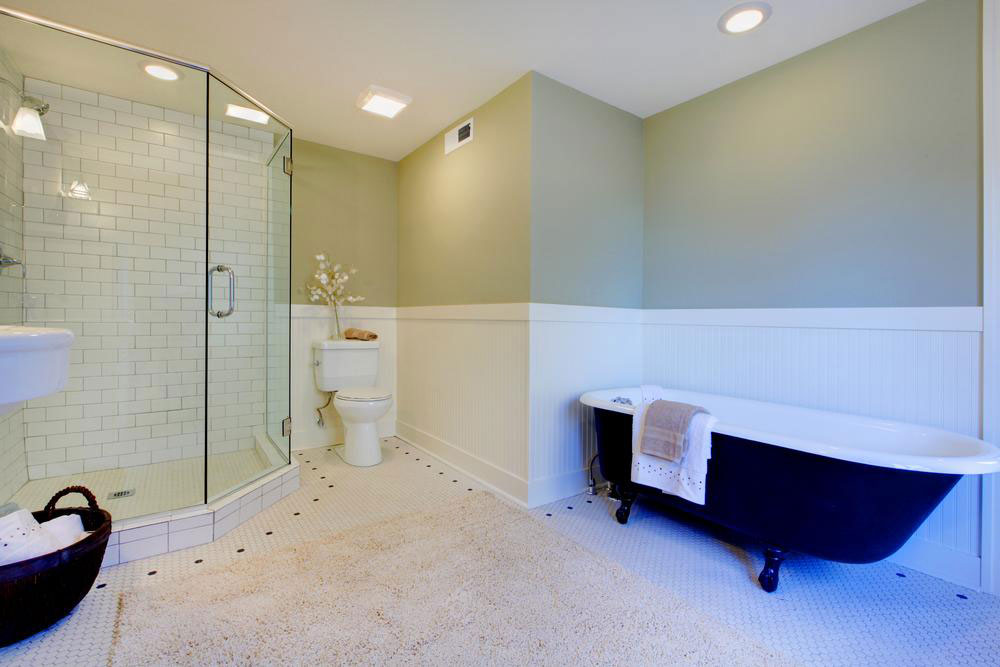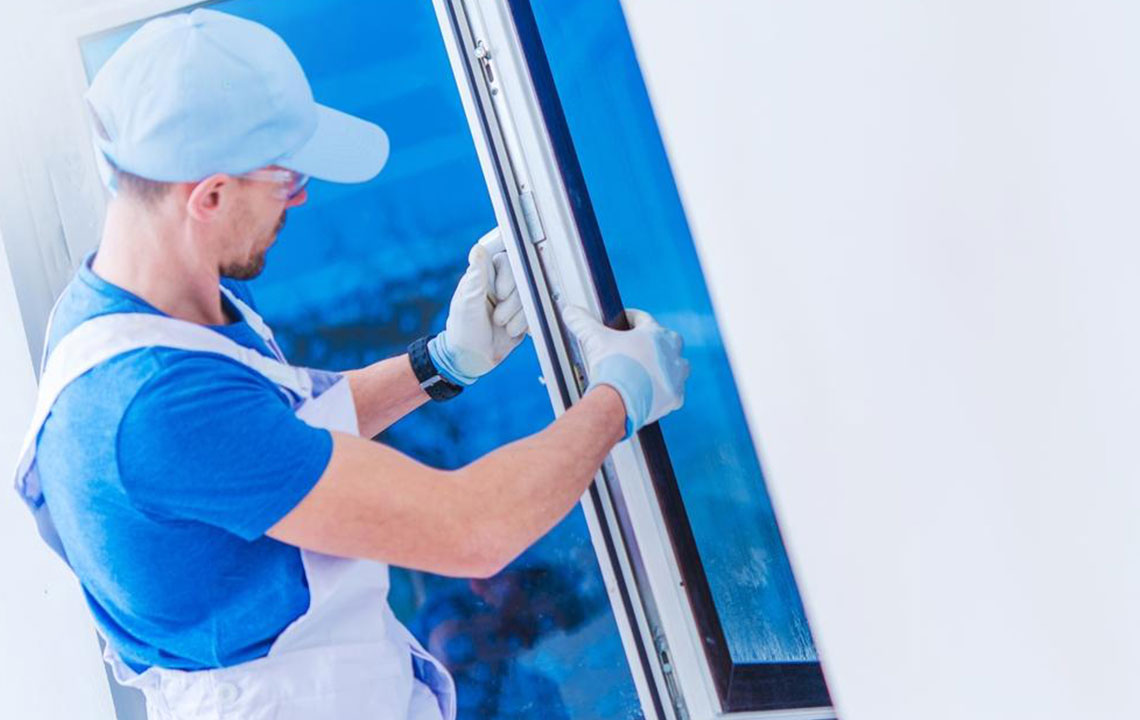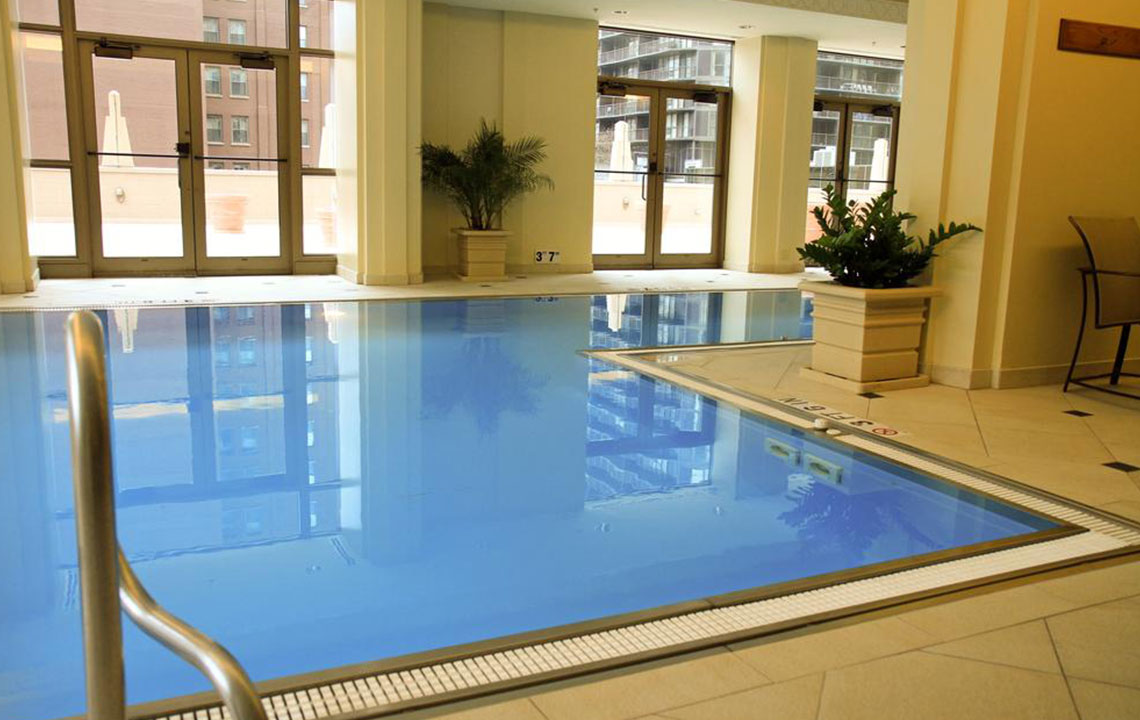Top Influences on Vinyl Siding Pricing in 2024
This article explores the main factors influencing vinyl siding prices in 2024, including material quality, regional differences, style choices, home size, labor costs, and additional expenses like trims and permits. It offers practical tips for budgeting and cost-saving strategies. Understanding these elements helps homeowners plan their siding projects efficiently, ensuring quality results within budget. Whether choosing premium or budget options, being aware of regional and project-specific costs ensures a well-informed investment in home improvement.
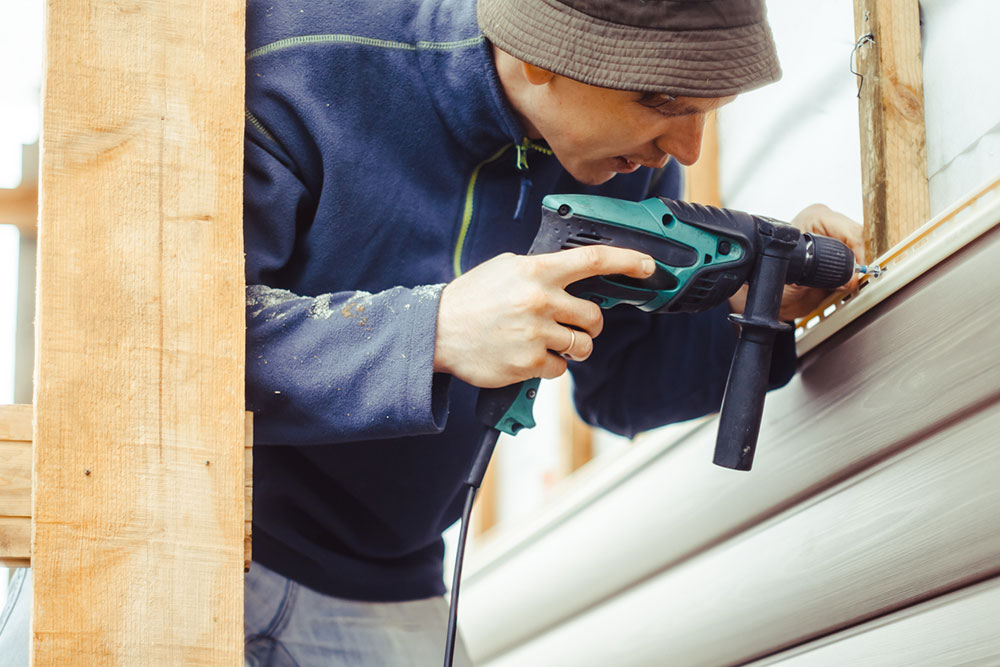
Top Influences on Vinyl Siding Pricing in 2024
Homeowners frequently choose vinyl siding for renovations, appreciating its affordability, durability, and visual appeal. It enhances a home's exterior look, boosts energy efficiency, and increases resale value. To make a wise investment, understanding the key factors that impact vinyl siding costs in 2024 is essential. These include material quality, regional location, style options, home size, labor charges, and additional expenses like trims and permits. Recognizing these elements helps in planning and budgeting accurately.
Material Thickness and Quality
Not all vinyl sidings are identical. The thickness and quality determine both the lifespan and price. Thinner options are more affordable but less durable, whereas thicker grade sidings offer better insulation and longevity.
- Budget-friendly builder's grade vinyl measures around 0.40mm, suitable for typical residential use.
- Thinner residential grade is approximately 0.42mm, offering adequate insulation.
- Standard residential siding at 0.44mm provides a balance of durability and cost-effectiveness.
- Thicker residential options, at 0.46mm, improve insulation without significantly increasing cost.
- Super thick grades are about 0.50mm thick, delivering high insulation and weather resistance.
- Premium-grade siding, ranging from 0.52mm to 0.55mm, offers top-tier insulation and protection, often at a higher price point.
地域による違い
Vinyl siding costs can vary based on location. Factors like local labor rates and shipping influence overall expenses. For example, in colder regions like the Northeast and Midwest, vinyl performs well with frequent freeze-thaw cycles, making it widely available and affordable. Conversely, in warmer southern states, higher temperatures may increase the risk of damage, raising installation costs and limiting availability.
Design and Style Options
Vinyl siding comes in a variety of colors and styles, mimicking materials such as brick, stone, wood, and shingles. Different styles have varying price points; simple lap or smooth styles cost between $2 and $6 per square foot, while more intricate designs like brick or stone-look siding can range from $5 to $10 per square foot.
Home Dimensions
Project costs are calculated per square foot. Larger homes require more siding, increasing total expenses. Installing on a 1,000 sq ft home might cost between $2,500 and $10,750, whereas a 4,000 sq ft residence could range from $10,000 to $43,000.
Installation Labor
Labor costs generally fluctuate depending on location but average around $3.70 per square foot. For a 1,000 sq ft home, labor could cost between $2,150 and $5,250.
Edge Finishing and Trims
Additional costs may arise for trimming edges, windows, and door frames, potentially adding up to $1,800 or more, depending on siding type and region. These finishing touches are usually included in overall installation quotes.
Permits and Documentation
Permit fees and inspection costs vary by locality. Homeowners might spend between $150 and $3,000 securing necessary approvals for siding work. It’s important to consult local authorities for project-specific requirements.
Estimating Costs with Online Calculators
Many websites feature siding cost calculators that help homeowners estimate expenses based on location, home size, and siding type. Using these tools allows for better budgeting and planning, and trying different siding materials can provide cost comparisons.
Tips to Reduce Vinyl Siding Expenses
To save money on vinyl siding, consider scheduling replacement during off-peak seasons like early spring or fall. Opting for standard or thinner Grades instead of premium options can also lower costs. It’s advisable to get multiple quotes from different contractors, especially those who work with various brands, to find the best deal.


